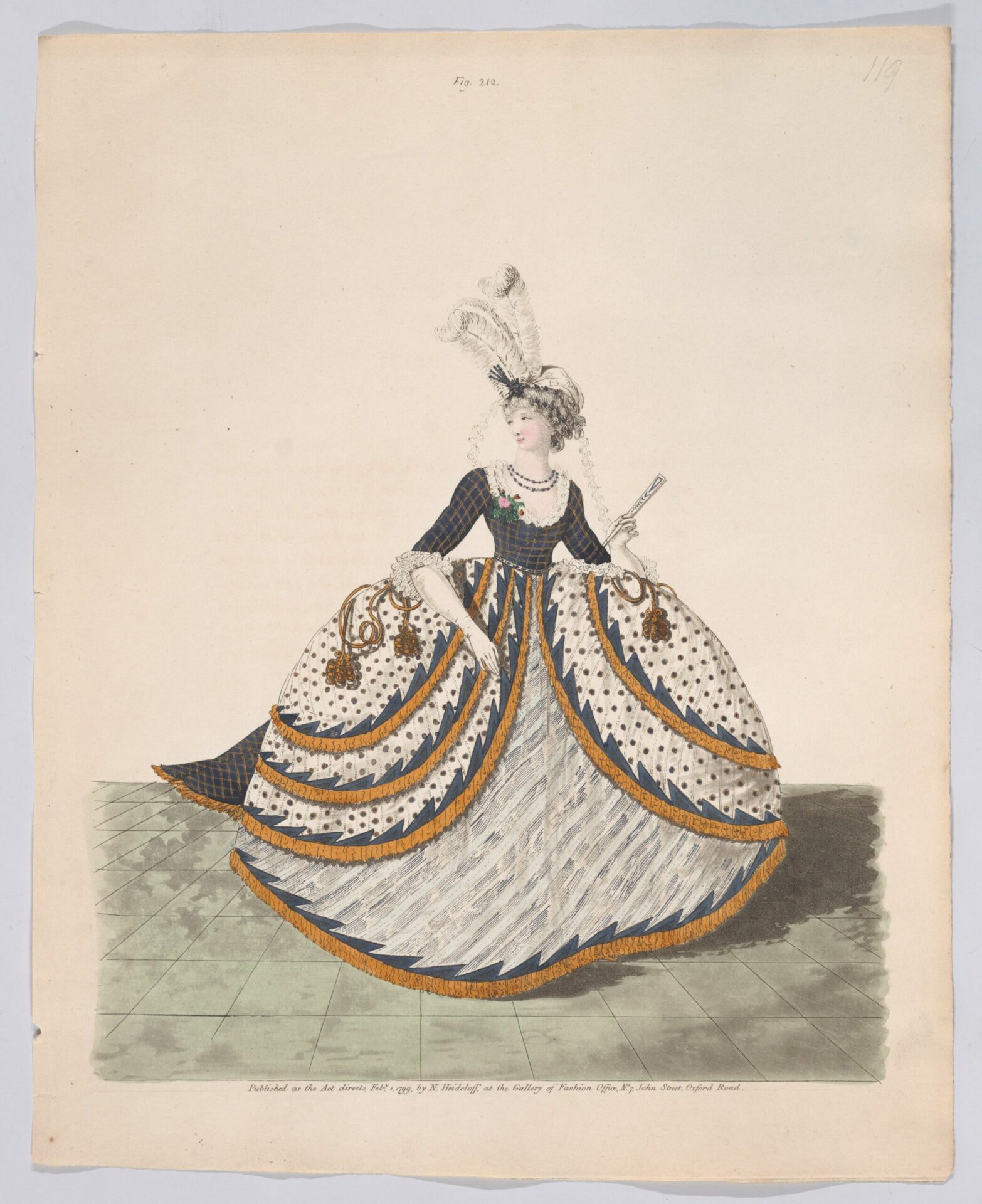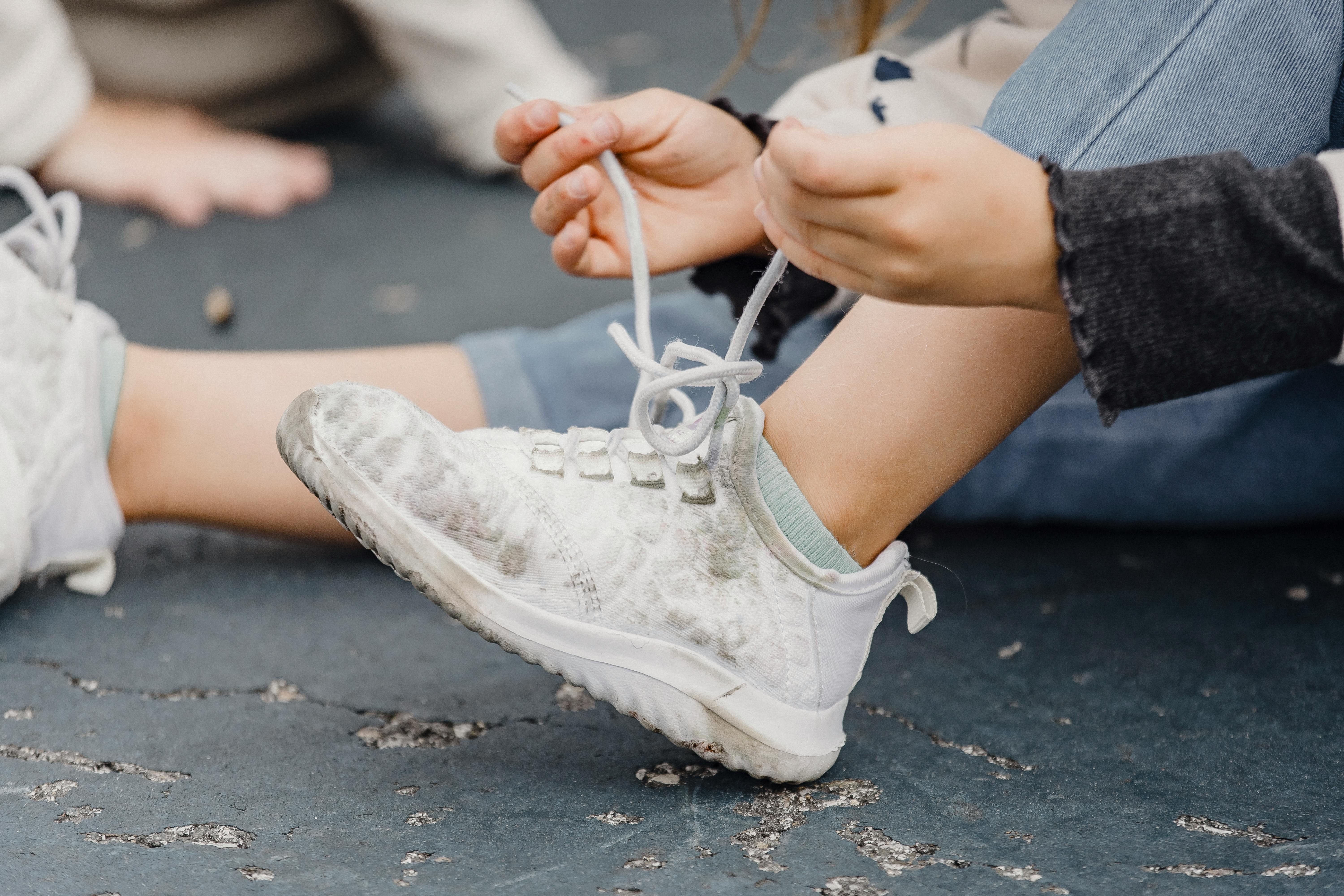What To Wear For Court

It can be intimidating to dress for court, especially if you are unfamiliar with the dress code. Knowing what to wear for court is important, as the way you dress can affect how you are perceived by the judge and jury. It is important to dress professionally and conservatively when attending court, as this shows that you respect the proceedings and are taking them seriously. This guide will provide advice on what to wear for court in order to make a good impression.When attending court, it is important to dress in a manner that conveys respect for the court and proceedings. Men should wear a suit and tie. Dark colors such as black, navy blue, and gray are ideal. Avoid wearing anything with large logos or designs as it could be considered inappropriate. Shoes should be clean and polished. Make sure that all clothing is neat, pressed, and free of wrinkles. Accessories such as watches, cufflinks, and ties should also be kept simple and professional.
What To Wear For Court: Women
When it comes to dressing for court, the most important thing to remember is to appear professional, respectful and appropriate. Women should wear conservative clothing that conveys a sense of respect, such as a dress, skirt or slacks paired with a blazer or dressy top. Avoid wearing overly tight or revealing clothing, shorts, jeans or tank tops. Choose clothing in muted colors such as black, navy blue or grey. If possible, avoid wearing white since it could be seen as too bridal-like. Footwear should be dressy and closed-toe; avoid open toes and sandals. It is also important to keep jewelry simple and not overly distracting; choose small earrings and a necklace if desired. Makeup should also remain subtle; avoid bright colors and large amounts of makeup.
Overall, it is important to look presentable when attending court; however, it is just as important to feel comfortable during the proceedings. Make sure you have chosen an outfit you feel confident in so you can focus on the matter at hand rather than worrying about your clothing choices.
Dressing Appropriately For Court
When appearing in court, it is important to dress appropriately. Dressing in the right manner can help you make a good impression on the judge and the jury. It is also important to remember that the court may have a specific dress code that must be followed.
It is recommended that you wear conservative clothing when appearing in court. This means avoiding bright colors, patterns, and logos. Women should choose clothing that covers their shoulders and upper arms, as well as skirts or pants that cover their knees or lower. Men should wear collared shirts and pants with a belt. Shoes should be closed toe and professional looking.
It is important to avoid wearing anything distracting or offensive when appearing in court. This includes hats, sunglasses, hoodies, t-shirts with graphic designs or text, flip flops, shorts, tank tops or other revealing clothing. Clothing should also be free of stains or tears. In some cases, jeans may be allowed but it’s best to check with the court beforehand if this will be acceptable attire for your case.
Jewelry should also be kept to a minimum when appearing in court. It is best to avoid any jewelry that could be considered distracting or offensive such as large hoop earrings or religious symbols. If you are wearing jewelry for religious reasons it must not interfere with court proceedings or cause distractions for other people in the courtroom.
Overall, dressing appropriately for court can help show respect and help you make a good impression on the judge and jury members who are deciding your case. Following these tips can help ensure that your appearance supports your case rather than distracts from it.
Clothing for Court
It is important to dress appropriately when appearing in court. The clothing you wear can make an impression on the judge, jury, and other individuals present in the courtroom. Proper attire is respectful and shows respect for the court process. Here are some guidelines on what to wear when appearing in court:
• Wear conservative, formal clothing. Avoid bright colors or patterns that may stand out. Men should wear a suit and tie, while women should wear a dress or a skirt and blouse with appropriate accessories.
• Shoes should be closed-toe and low-heeled. Sandals, flip-flops, sneakers, or any type of open-toe shoe should not be worn in court.
• Hats should not be worn in court unless it is required by religious beliefs or medical reasons.
• Avoid wearing any type of t-shirt that has offensive language or graphics on it.
• Jeans are not considered appropriate attire for court unless specifically allowed by the judge or court staff.
• Jewelry should be kept to a minimum and should not include large pieces that may be distracting or offensive to others in the courtroom.
By following these guidelines on clothing for court, you can show respect for the judicial system and ensure that your appearance does not detract from the proceedings.
Professional Attire Suggestions For Court
When appearing in court, it is important to dress in a professional manner. This ensures that you are taken seriously by the judge and other court personnel. While there is no set uniform for court, there are some dress code suggestions to follow when attending a court hearing. Men should wear a suit and tie, or at least a collared shirt and dress pants. A sports coat is also appropriate. Women should wear a suit or dress with a modest neckline and hemline, or dress pants with a blouse or sweater. Shoes should be closed toe and low heel. Both men and women should avoid bright colors, logos, excessive jewelry, sandals or flip flops, and mini-skirts. It is also important to keep your hair neat and tidy for court appearances.
It is also important to remember that your clothing should reflect the seriousness of the matter you are appearing in court for. This means that you may want to choose more conservative clothing than you would normally wear on an everyday basis. It is best to err on the side of caution when selecting your outfit for court.
In addition to dressing appropriately for court appearances, it is essential to be on time and courteous while in the courtroom. Following these simple guidelines will ensure that you are taken seriously by the judge and other personnel while attending a court hearing.

Suitable Clothing Options For Court Appearances
When attending court, it is important to dress appropriately. Your clothing should reflect respect for the court and its proceedings. It is also important to remember that you are not there to make a fashion statement, but instead to show respect and decorum. Generally speaking, the best way to dress for a court appearance is by wearing conservative and professional attire. This includes items such as a suit, dress shirt, dress pants, and dress shoes. Avoid bright colors or clothing that could be perceived as too casual. Women should wear a dress or skirt of modest length or trousers with a blouse or sweater. Men should wear a suit or trousers with a collared shirt and tie. In all cases, it is important to avoid wearing clothing that features offensive symbols or language. Additionally, hats should not be worn in court unless they are religious headgear.
It is also important to pay attention to grooming and hygiene when attending court. Make sure your hair is neatly groomed and styled in an appropriate manner for the occasion. Shoes should be clean and polished, while jewelry should be kept minimal in order to avoid drawing attention away from the proceedings of the courtroom. If you are unsure about what type of clothing will be appropriate for your court appearance, it is best to consult with an attorney who can help guide you in making the right decision for your particular situation.
Dress Appropriately For Court
When attending court, it is important to dress appropriately. It is a sign of respect to the court, and it can also influence how the judge perceives you. It is important to note that each court or jurisdiction may have specific rules on what is appropriate attire. Here are some tips on how to dress for court:
1. Wear Professional Clothing
When attending court, it is best to wear professional clothing such as a suit or dress. Women should avoid wearing anything too revealing or overly casual. Men should avoid wearing shorts, sandals, baseball caps, t-shirts, or jeans.
2. Avoid Bright Colors and Patterns
It is best to avoid bright colors and loud patterns when dressing for court. Stick with classic colors like black, gray, navy blue, and brown that will not draw attention away from your case.
3. Remove Any Facial Piercings
Any facial piercings should be removed before attending court, as they can be considered distracting or disrespectful in some jurisdictions. Additionally, any visible tattoos should be covered up with clothing or makeup so as not to distract from your case.
4. Accessorize Minimally
While accessories can add a nice touch to an outfit, they should be kept minimal when dressing for court so as not to distract from your case and show respect for the proceedings taking place in the courtroom. Stick with small pieces like a watch or simple jewelry that won’t draw too much attention away from your case.
Overall, dressing appropriately for court is essential for showing respect and making a good impression on the judge and other court officials present at your hearing. Keeping these tips in mind will ensure you make the right impression when presenting your case in front of the judge so you can put forward your best argument possible!
What Not To Wear In A Courtroom
When attending court, it is important to dress appropriately. Clothing that is too casual or revealing can be seen as disrespectful and could result in the judge denying a case or issuing a contempt of court ruling. The following are some examples of what not to wear in a courtroom:
• Shorts, tank tops, flip-flops, and other beachwear should be avoided. These types of clothing are not appropriate for a courtroom setting.
• Hats, hoods, and other headwear should not be worn in court. This includes baseball caps, beanies, turbans, and hooded sweatshirts. All hats should be removed before entering the courtroom.
• Clothing that has offensive slogans or graphics should not be worn to court. This includes items with profanity or derogatory comments about any race, religion, gender, or sexual orientation.
• Excessively revealing clothing such as mini-skirts and low cut tops should also be avoided. Clothing that is too tight-fitting may also draw unnecessary attention from the judge and jury.
• Clothes that are overly flashy or extremely bright can also be distracting in the courtroom setting. It is best to stick to more conservative colors like navy blue, black, gray, or brown when selecting an outfit for court appearances.
It is important to dress appropriately when attending court proceedings as it can make a difference in the outcome of your case. Avoiding the above mentioned clothing items will help ensure that you present yourself respectfully and professionally in the courtroom setting.

Conclusion
The most important part of dressing for court is to look neat, professional, and respectful. It’s important to remember that courts are formal places where judges expect people to dress accordingly. It’s best to avoid wearing anything too revealing, flashy, or bright. Neutral colors like navy blue, black, and gray are the most appropriate and will help you appear professional and respectful. These colors also go well with almost any type of clothing so it’s easier to mix and match pieces for a polished look.
It’s also important to dress comfortably in order to ensure that you can focus on the proceedings instead of being distracted by your clothing. Wear light layers so that you can take off items if the courtroom gets too warm. Make sure your clothing fits properly and is free of wrinkles or stains so that you can look presentable in court.
Overall, wearing appropriate clothing for court can help give you an edge when interacting with the judge or jury as it shows respect for the court system and its proceedings. It’s important to pay attention to what you wear when going to court so that your appearance doesn’t distract from what’s being said in the courtroom.
